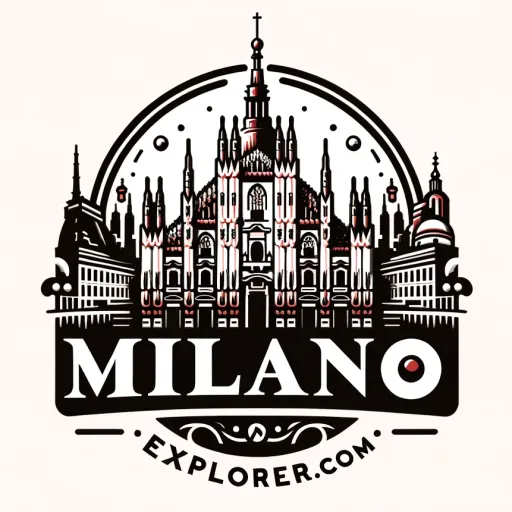Attending Milan Fashion Week can be an exhilarating experience, especially for first-time visitors. With the city buzzing with excitement, it becomes a hub for fashion enthusiasts, designers, and the who’s who of the fashion world to celebrate style and creativity.
However, navigating through the myriad of events and shows can be daunting.
Knowing the Milan Fashion Week schedule is crucial as it outlines the array of showcases – from iconic designers to burgeoning fashion houses. The schedule helps attendants synchronize their calendars for a seamless fashion week experience.
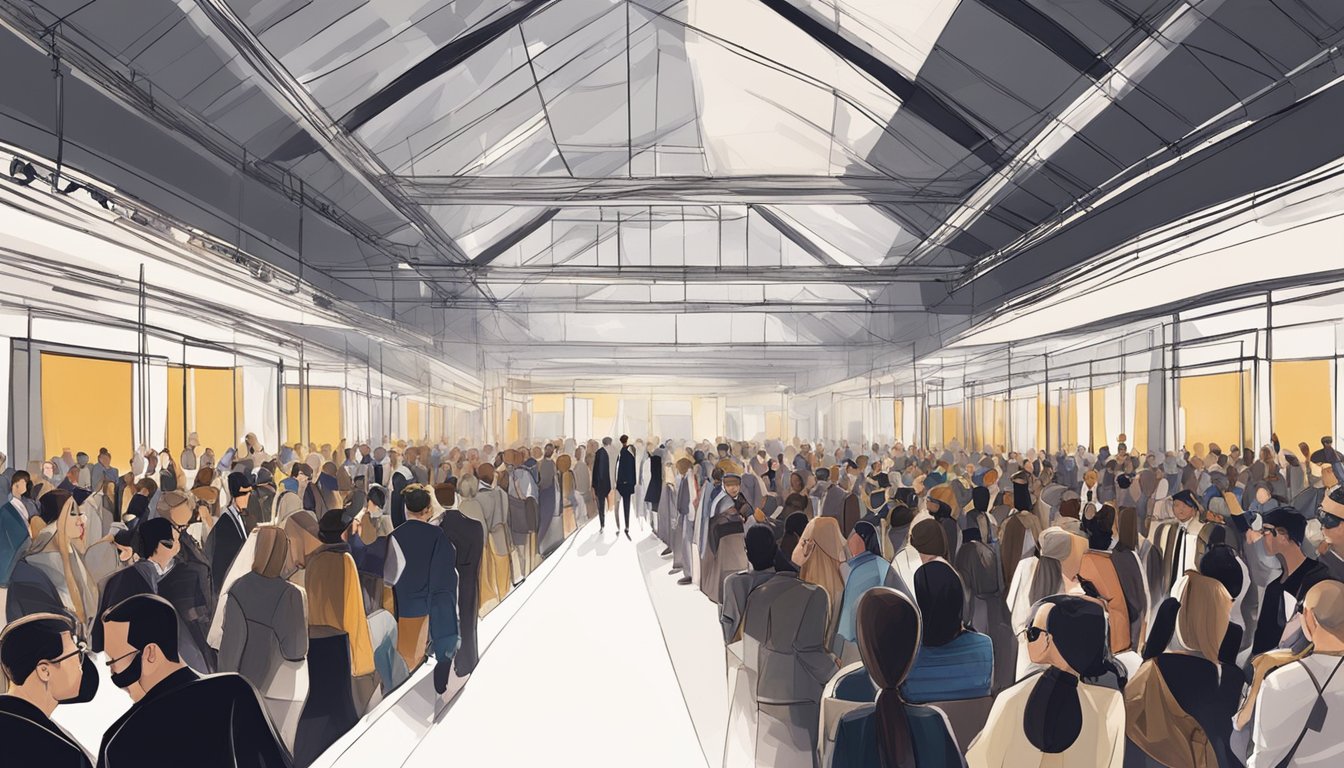
The energy of Milan during this period is palpable, reflecting the essence of fashion itself.
For those dipping their toes in such a prestigious event, immersing in the local culture is as important as catching the shows.
Milan offers a tapestry of historical and modern inspirations, making it a fertile ground where fashion goes beyond the runways. It’s etched into the societal fabric and influences the global fashion industry.
Milan Fashion Week Tips
Key Takeaways
- Navigating fashion week requires familiarity with the scheduled events.
- Milan’s culture enriches the fashion experience.
- Fashion’s relevance extends beyond the runway, reflecting in society and business.
The Essence of Milan Fashion
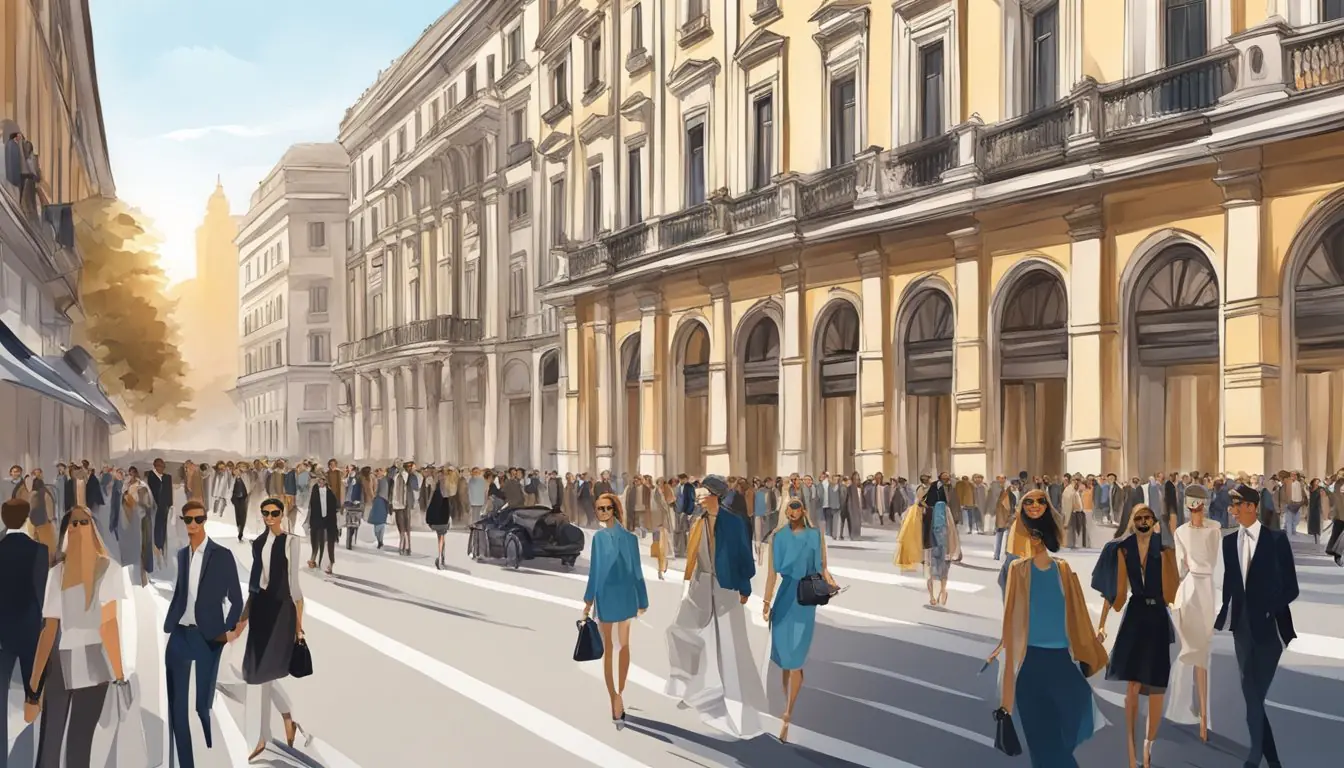
Milan is not just Italy’s economic powerhouse but also the epicenter of Italian fashion, where centuries-old tradition blends seamlessly with cutting-edge design to produce an atmosphere that’s palpably electric during fashion week.
History and Tradition of Italian Fashion
Italian fashion is steeped in a rich history that has helped shape the world’s sartorial landscape.
The genesis of Milan’s fashion prominence can be traced back to the post-World War II era when Italy emerged as a bastion of quality textiles and unparalleled craftsmanship.
This foundation allowed Milan to evolve into a fashion juggernaut, known for its luxe fabrics and impeccable tailoring.
Here, one can witness the embodiment of Italian tradition in every stitch and seam, a tradition that lives on through the globally revered “Made in Italy” label.
Iconic Milanese Fashion Landmarks
No discussion of Milan’s fashion heritage would be complete without mentioning its iconic landmarks, which are as much a part of the fabric of Italian fashion as the clothes they inspire.
The Duomo, Milan’s magnificent cathedral, stands not only as a monument to Gothic architecture but also as a backdrop to the ever-evolving fashion scene.
Adjacent to the Duomo is the Galleria Vittorio Emanuele II, a resplendent 19th-century arcade that houses luxury boutiques and historic cafés under its grand glass dome.
Known as ‘il salotto di Milano’ (Milan’s drawing room), the Galleria is a symbol of Milanese luxury and elegance.
Nearby is the illustrious Teatro alla Scala, or La Scala—an operatic and cultural institution that has seen the debut of numerous fashion-conscious art forms throughout history.
Influential Fashion Events
Milan Fashion Week stands as a significant event in the global fashion calendar, showcasing the pinnacle of Italian design and influencing trends worldwide.
Concrete knowledge of its structure will aid in appreciating its pivotal role.
Highlights of Milan Fashion Week
Milan Fashion Week is a biannual event featuring over 40 shows, with a week dedicated to womenswear and another to menswear.
For the well-versed and the novice alike, the highlights typically include premieres of the latest collections by established designers, as well as up-and-coming talents.
In 2024, for instance, the Milan Men’s Fashion Week is slated for June 15-19, spotlighting Spring/Summer 2025 menswear collections.
Attendees of Milan Fashion Week can also participate in a variety of associated events organized by the Camera Nazionale della Moda Italiana.
Their events often feature innovative designs and a celebration of Italian craftsmanship, reinforcing the country’s reputable position in fashion.
Global Influence of Fashion Weeks
The influence exerted by fashion weeks extends beyond their locales, with major cities like Milan, New York, London, and Paris, acting as arbiters of style.
They are not merely events; they represent the cultural zeitgeist, shaping the season’s trends and retail strategies on a global scale.
As an integral part of the elite “Big Four,” Milan Fashion Week significantly impacts global fashion trends.
Its influence parallels that of other major fashion weeks such as New York Fashion Week, with both playing critical roles in setting the direction for brands and retailers worldwide.
Each city’s show has a distinct identity, with Milan being recognized for its luxurious and high-end designs, while places like New York are known for their diversity and innovation.
Leading Designers and Brands
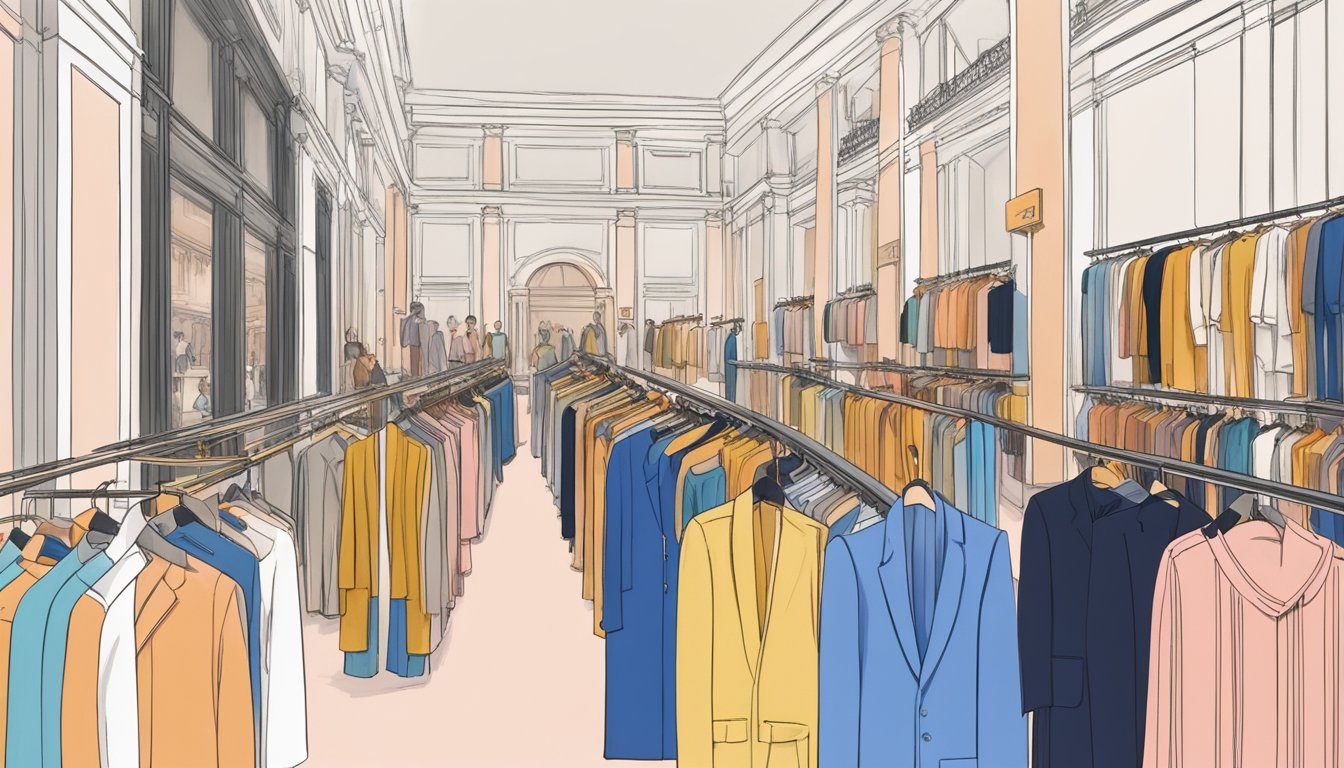
When visiting Milan Fashion Week, it’s essential to know the key players that shape the trends and styles for the upcoming season. The event showcases a splendid array of established designers alongside promising new talents.
Profiles of Renowned Italian Designers
The Italian fashion scene is replete with designers whose names are synonymous with luxury and style.
Gucci, led by their creative director, presents collections that are always at the cutting edge of fashion. Then there’s Prada, where Miuccia Prada, in collaboration with Raf Simons, continue to elevate the brand with their innovative designs.
Fendi, another dominant force, has been creating waves with its own distinctive blend of tradition and daring innovation.
Dolce & Gabbana‘s collections are known for their celebration of Italian heritage through fashion.
Giorgio Armani and Versace are also integral to the Milanese fashion landscape, often bringing an air of sophistication and boldness to their shows.
Antonio Marras and Roberto Cavalli each bring their unique vision to the runway, offering collections that incorporate Italian craftsmanship with contemporary aesthetics.
Max Mara is renowned for its classy and timeless outerwear, a must-see for attendees interested in luxury fashion.
Emergence of New Talents
Amidst the established labels, Milan Fashion Week is a launchpad for emerging designers who are gradually carving out their own niches.
Names like Sabato de Sarno have been gathering recognition for their creative prowess and fresh approaches to design.
Brands such as Diesel and Philipp Plein are shaking up the industry with their edgy and vibrant styles that appeal to a younger demographic.
Ferrari, typically known for its automotive excellence, has also ventured into fashion, translating its brand philosophy into apparel.
Moreover, with a recent focus on sustainability and innovation, Ferragamo is capturing the attention of environmentally conscious fashion enthusiasts.
Missoni continues to thrive with its signature knitwear patterns, enchanting a loyal base of pattern aficionados.
Each season, newcomers and fashion week veterans eagerly anticipate what these talents will contribute to the global fashion narrative.
Cultural Impact and Inspirations
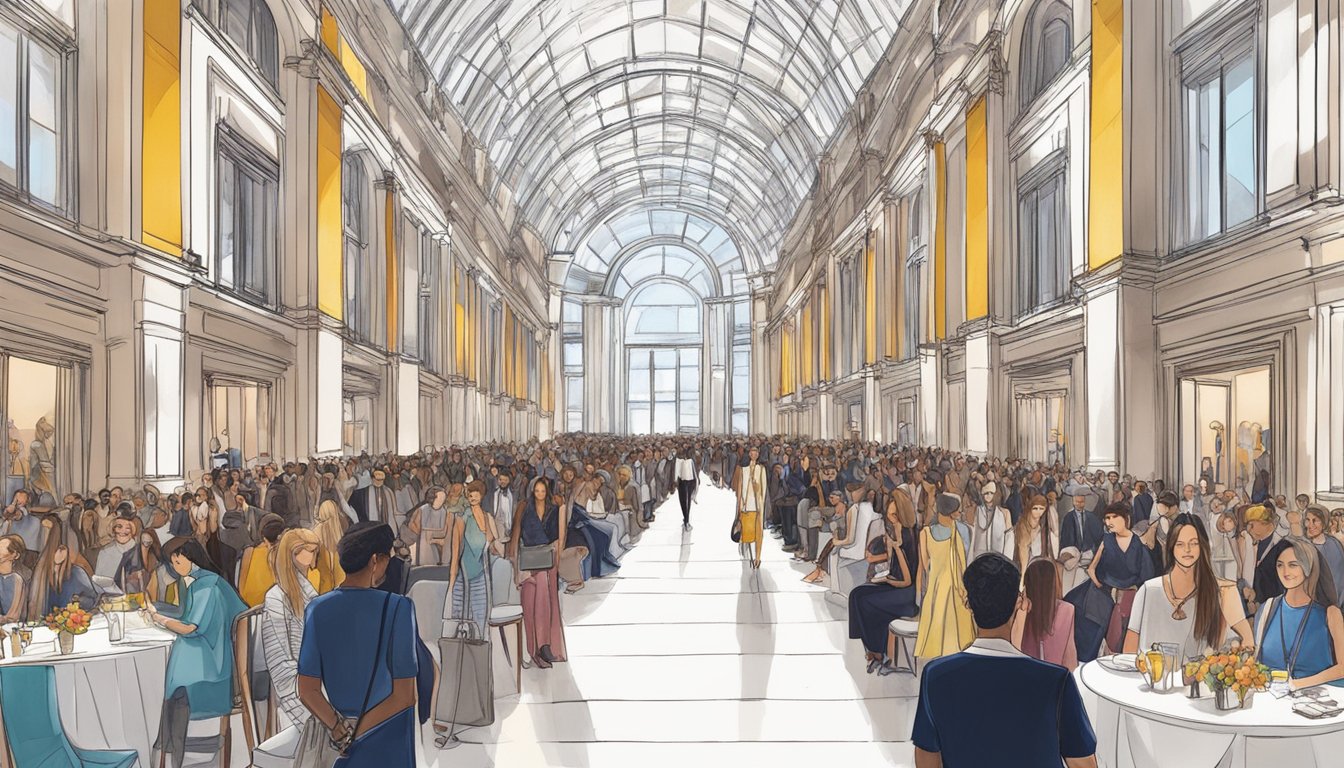
Milan Fashion Week not only showcases the latest trends but also reflects the rich tapestry of Milan’s art, history, and cultural institutions. The event underscores how these elements influence contemporary fashion and inspire designers.
Influence of Art and History on Fashion
The fashion showcased during Milan Fashion Week is often inspired by the profound works of art and history that the city harbors.
Leonardo da Vinci‘s legacy, most notably The Last Supper, echoes in the motifs and designs seen on the runway.
For instance, the intricate pattern work in some collections can be linked to the delicate details found in this world-renowned mural.
Museo del Novecento and Galleria d’Arte Moderna provide rich sources of inspiration with their extensive collections showcasing how past eras converge with modern design sensibilities.
The Role of Cultural Institutions
Milan’s cultural institutions including Fondazione Prada, MUDEC, and Camera della Moda play a pivotal role in fostering the connection between culture and fashion.
Fondazione Prada offers a platform for avant-garde ideas that often ripple through the fabrics and cuts seen in Milanese fashion.
Meanwhile, MUDEC hosts cross-cultural exhibitions that introduce global influences to Italian design.
Milan’s fashion identity is also partially shaped by Camera della Moda, the Italian Chamber of Fashion, which ensures that tradition and innovation maintain a harmonic balance within the industry.
Fashion and Society
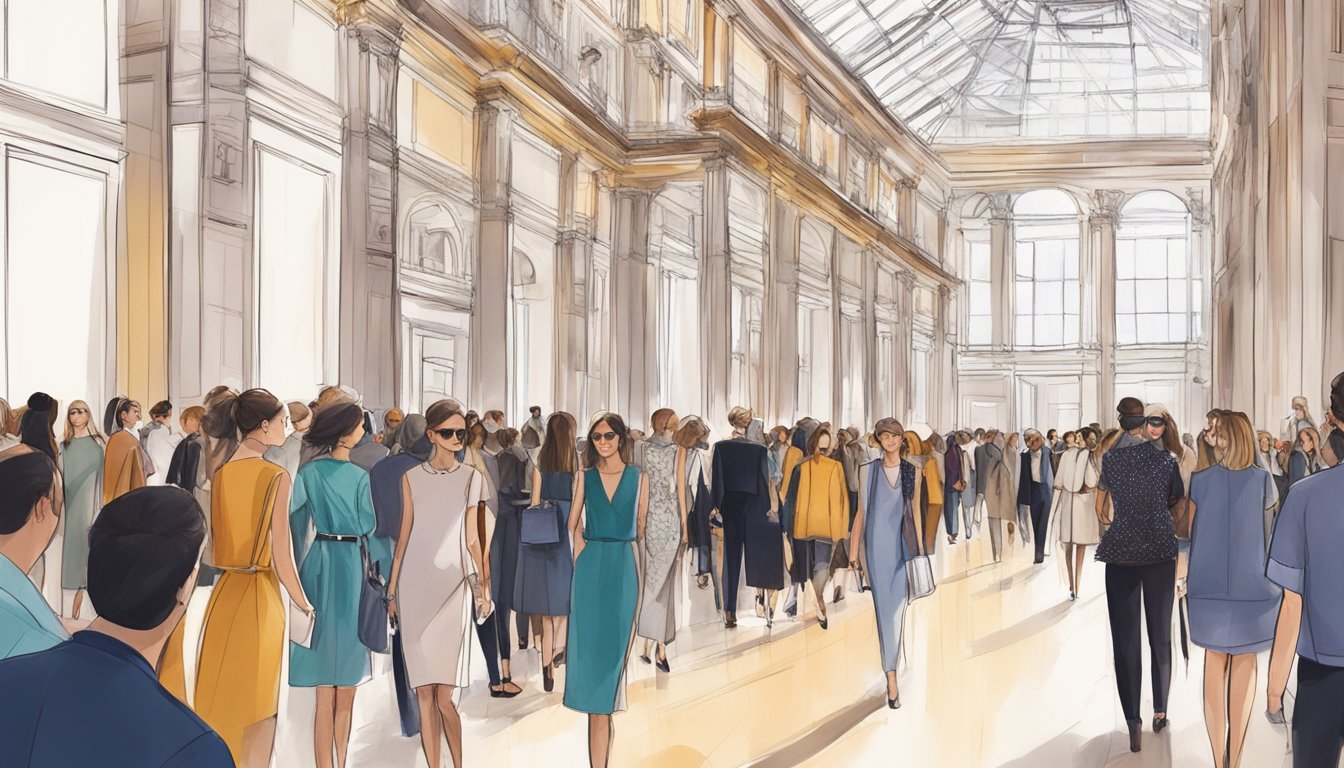
Milan Fashion Week is an event that speaks volumes about its influence on societal norms and the status of inclusivity within the fashion industry. The week-long event is not only a showcase of style but also a narrative of cultural dialogue and creative expression.
Fashion as a Reflection of Social Dynamics
Fashion Week in Milan is a significant fashion hub that mirrors the evolving social landscape, serving as a barometer of societal shifts.
Design collectives like We Are Made In Italy exemplify how the industry can both influence and reflect cultural and socio-economic factors.
Through the garments and the artisans behind them, fashion becomes a canvas displaying the synthesis of culture and creativity.
The trends seen on the runways are often subsequent impacts of these very dynamics, demonstrating how deeply intertwined fashion is with societal undercurrents.
Diversity and Representation in Fashion
The actively discussed themes of diversity and representation find a profound resonance during Milan Fashion Week.
With initiatives like Budapest Select showcasing talent from Central Europe and HUI promoting Asian design perspectives, the endeavor to spotlight a myriad of voices has become more evident.
The incorporation of models and designers from diverse backgrounds into the heart of the event reaffirms fashion’s role in cultivating an inclusive society.
This tendency towards a multicultural display is not just about presence; it’s about giving various narratives the space to unfold and engage in the larger fashion conversation.
Business of Fashion
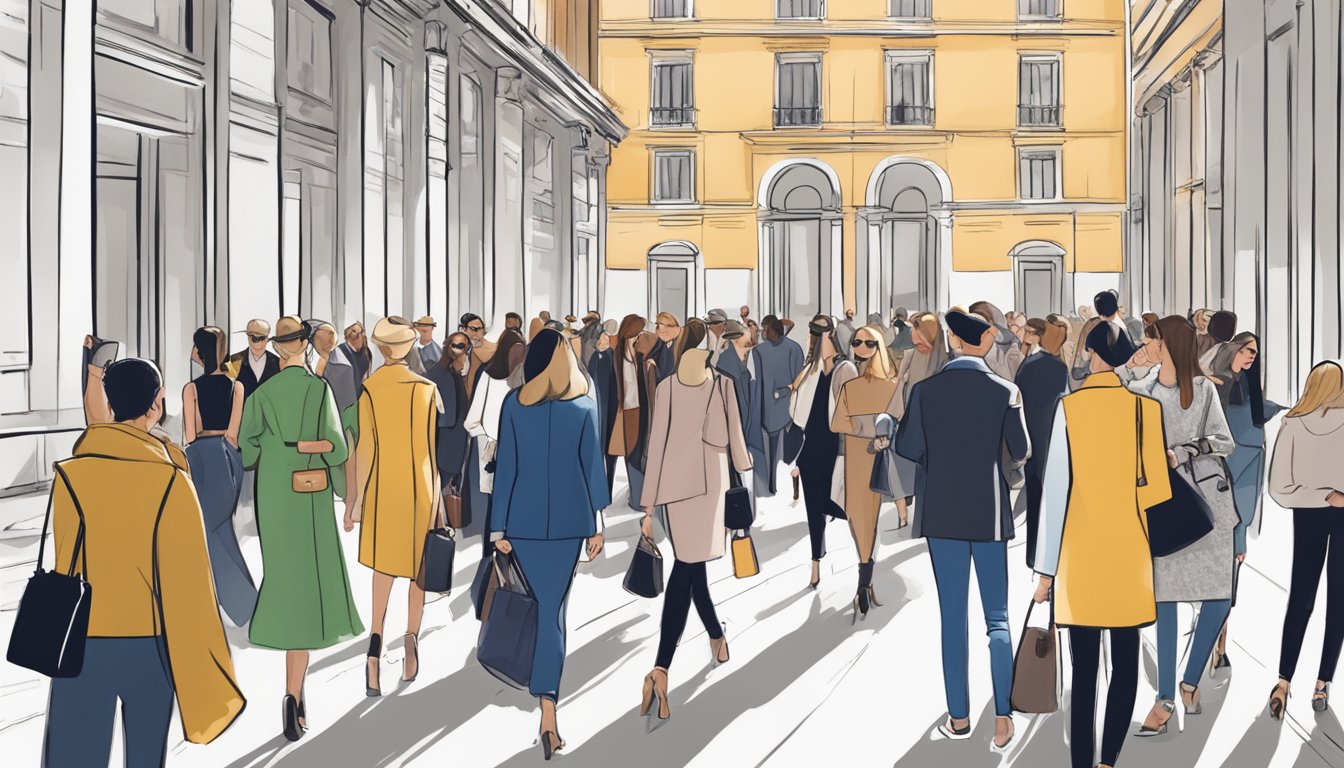
Navigating the business side of Milan Fashion Week reveals the ever-changing dynamics of the luxury market and how innovation drives the industry forward.
The Luxury Market Dynamics
The luxury sector in Milan is a major highlight, characterized by exclusive collections and a competitive market landscape. Revenue is often driven by limited-edition pieces and high-profile collaborations, which draw the attention of both the media and shoppers.
Companies leverage their brand heritage while continually adapting to current trends to meet consumer demand.
Innovation and Digital Transformation
Innovation is paramount, with digital platforms becoming critical for business success in fashion.
The digital transformation includes online shopping experiences, virtual fashion shows, and social media campaigns.
Brands that effectively integrate their physical collections with their digital presence are often industry leaders, setting the bar for a modern approach to fashion business.
Fashion Industry Insights
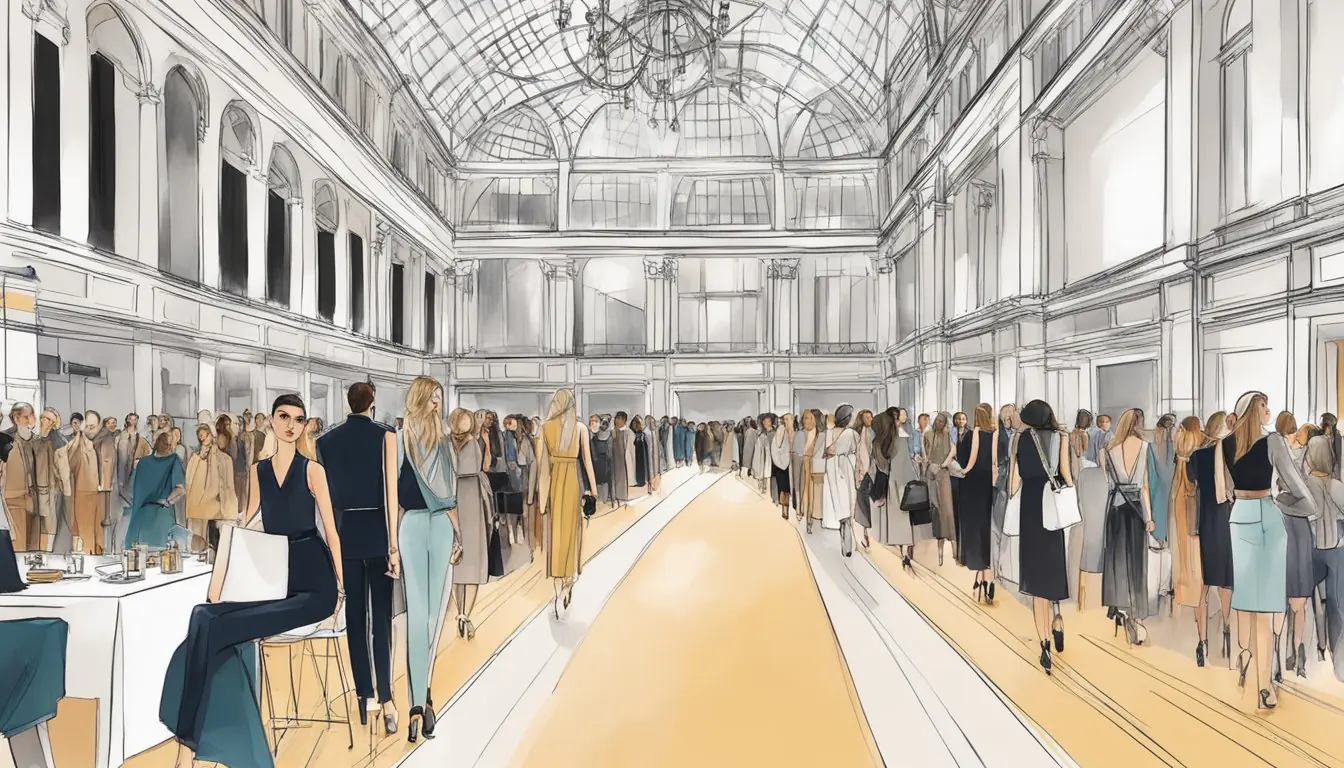
Milan Fashion Week offers a window into the evolving landscape of fashion, showcasing the latest trends not just in style, but in the industry’s approach to sustainability and economic dynamics.
Sustainability and Ethical Practices
Fashion Week in Milan demonstrates how sustainable practices are increasingly integral in the design and production process.
Designers spotlight the importance of craftsmanship and sustainable materials, setting a precedent for the rest of the industry.
High-end brands present collections that emphasize the use of eco-friendly fabrics and ethical labor, which are also critical in influencing consumer habits.
The event often highlights collaborations with certifying organizations that ensure ethical practices are met in sourcing and production.
The Impact of Global Economic Trends
Economic shifts play a significant role in shaping the collections exhibited at Milan Fashion Week.
These economic trends affect everything from production costs to consumer spending power, thereby influencing what designers create.
As the global economy experiences fluctuations, it also impacts the fashion industry’s operational modes—from sourcing materials to reaching markets.
Collections may reflect a response to these economic conditions, whether through the adaptability of designs or the strategic positioning of brands to capture emerging markets.
The event itself serves as a bellwether for how the industry will navigate and adapt to these economic trends in the coming seasons.
Behind the Scenes
A glimpse behind the scenes at Milan Fashion Week offers an intimate look at the meticulous preparation and influence of the fashion media.
This is where the tireless efforts of designers, models, and the various professionals involved converge to bring a collection to life.
The Making of a Collection
The process of creating a collection involves a symphony of skilled individuals, from designers to tailors to models, all working diligently to perfect every piece.
Photographers capture the transformative moments as designs evolve from sketches to runway-ready attire.
These artisans spend countless hours cutting, sewing, and embellishing, ensuring that each garment makes a statement.
Detailed fittings are integral, as models don the creations, providing the first real glimpse of how the pieces come together in motion.
Influence and Role of Fashion Media
Fashion media, encompassing journalists, fashion bloggers, and photographers, plays a pivotal role in shaping public perception and trends.
Their coverage of Milan Fashion Week spreads far and wide, from live streams to editorials.
Fashion journalists are often seen conducting interviews, aiming to extract the inspiration and stories behind collections.
Bloggers and influencers share their immediate reactions and overviews with eager online followers, while photographers are at the heart of this ecosystem, capturing the essence of designs that will soon make international headlines.
Conclusion
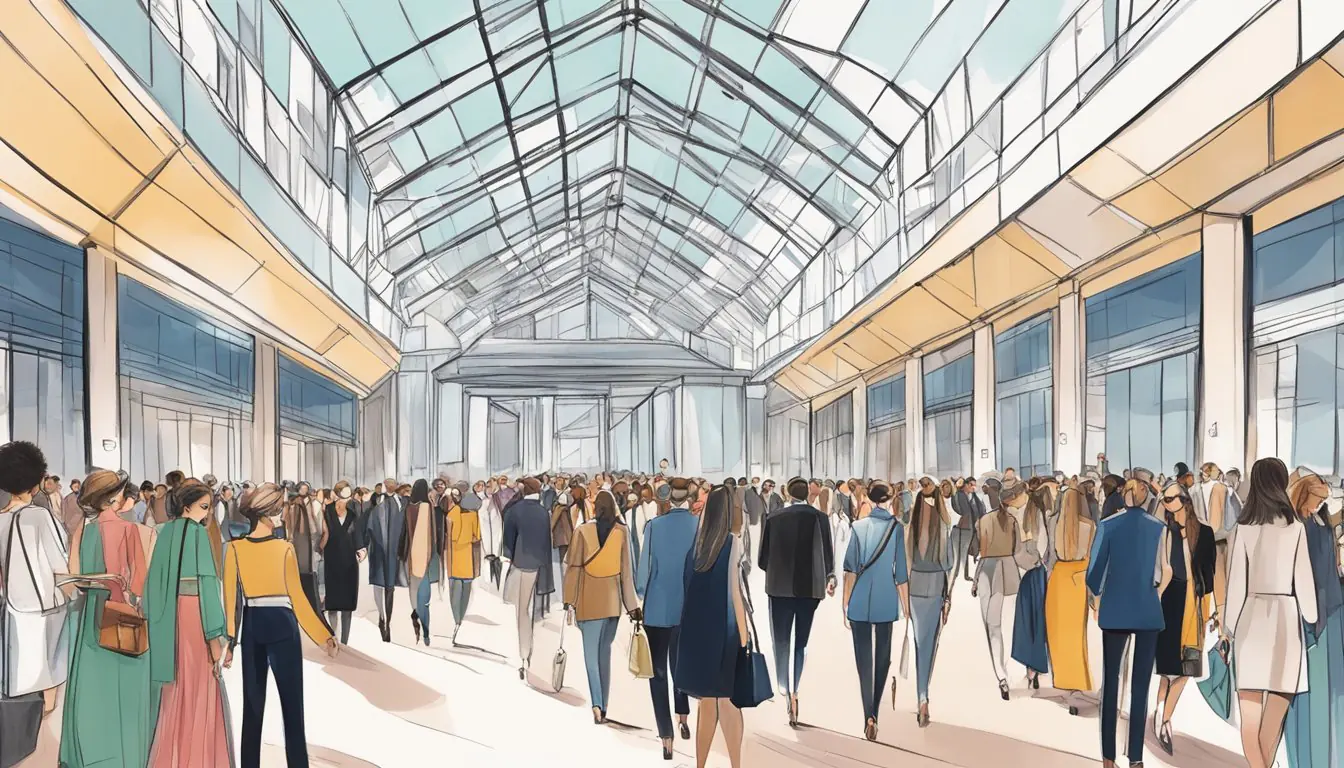
Milan Fashion Week is an exhilarating experience that invites visitors to immerse themselves in the world of high fashion.
For first-timers, planning is crucial to navigate the event seamlessly.
Notable Italian fashion houses such as Etro, Bottega Veneta, and Emporio Armani, alongside up-and-coming brands like Sunnei and AVAVAV, showcase their collections on the catwalks, offering a blend of traditional elegance and contemporary design.
Attendees should remember that exploring Milan’s cultural scene is as vital as the shows themselves.
The city’s museums and landmarks, including the iconic Piazza del Duomo, complement the Fashion Week experience.
Encounters with international styles may see London‘s edginess meeting Milan’s chic, while influences from Japan can offer a fascinating contrast to Italian fashion.
Strategic scheduling allows for attending shows of esteemed designers like Valentino and Jil Sander, while also experiencing exciting presentations from Marco Rambaldi and Act N°1.
COVID-19 guidelines should be minded to ensure safety and respect for all attendees.
When shows wrap up, one may indulge in the famous Italian aperitivo, perhaps at venues popular with the fashion elite like Bally and Trussardi.
Connectivity is less of a concern as Milan’s public transport is efficient; navigating via tram can add to the authentic experience.
Although Milan is international, basic Italian phrases might enhance interactions, even if many locals speak English.
Understanding local tips, such as Milan’s distinctive coffee culture, can enrich one’s visit.
To embrace Fashion Week fully, engage with the shows, socialize with elegance, and absorb the ambient creativity that Milan unfailingly offers.
Frequently Asked Questions
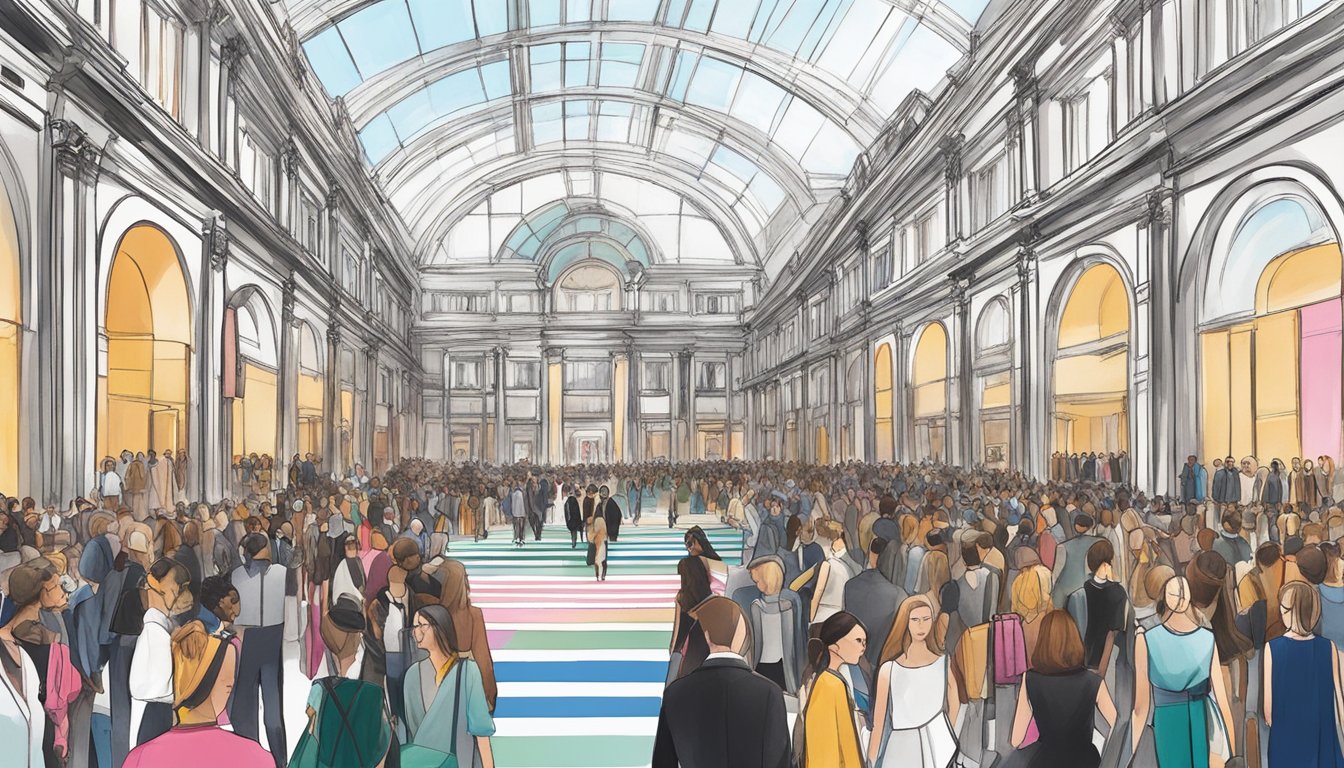
Navigating Milan Fashion Week as a first-timer can be exciting, but overwhelming. Here are some specific questions and answers to guide newcomers through the experience, covering public events, ticketing, venues, schedule formats, nightlife, and attire etiquette.
What events are available to the public during Milan Fashion Week?
Several shows and events during Milan Fashion Week are open to the public, including some outdoor runway shows, fashion exhibits, and related cultural events.
It’s advisable to check the official Milan Fashion Week events page for the list of public happenings.
How can I get tickets to Milan Fashion Week shows and what are the costs?
Tickets to Milan Fashion Week shows are typically invitation-only, aimed at industry insiders, but some designers may sell tickets for their shows.
Costs vary widely depending on the event and the designer. Interested attendees can reach out to specific fashion houses or visit the official ticket sales page for more information.
Are there specific venues that host the majority of Milan Fashion Week events?
The majority of Milan Fashion Week events are held at some key venues like Fiera Milano and the Metropol.
However, events are spread across various locations in the city, each offering a unique ambiance and set-up that reflects the designer’s vision and the collection being presented.
What is the typical schedule format for beginners attending Milan Fashion Week?
Beginners should expect a packed schedule that includes back-to-back runway shows, presentations, and industry parties.
It’s common for days to start in the late morning and extend into evening events. An official schedule can help visitors plan their day around the shows and events they’re most interested in.
During Milan Fashion Week, where are the recommended places to go out in the city?
Visitors should explore popular areas like the Brera district or Navigli where many after-parties and industry gatherings take place.
These areas are known for their great selection of restaurants and bars, providing opportunities to network and unwind.
Is it customary to wear the featured designer’s clothing to their show at Milan Fashion Week?
While it’s not mandatory, it is often seen as a sign of respect and support to wear the featured designer’s clothing to their show.
Attendees typically dress to impress in current or past pieces from the designer, showcasing their personal style while paying homage.
